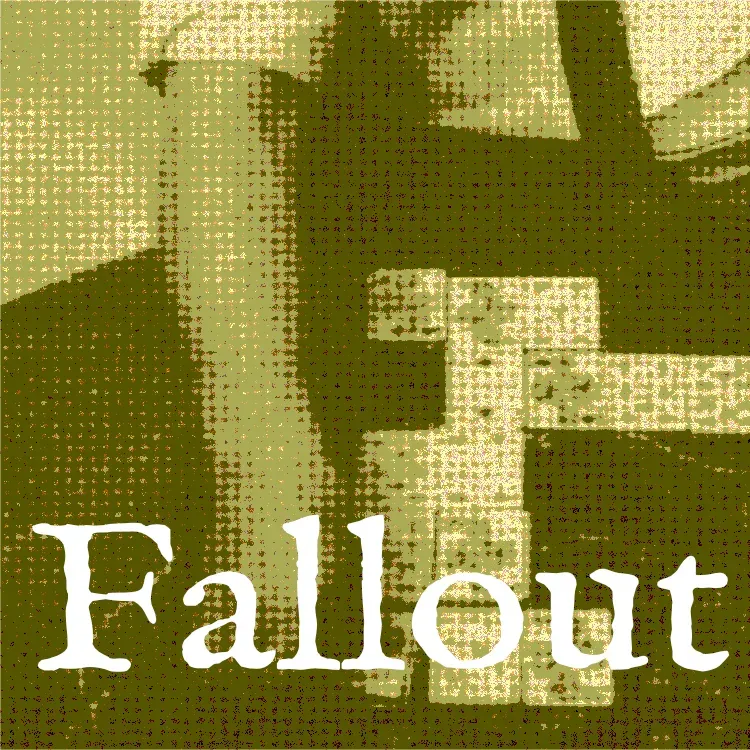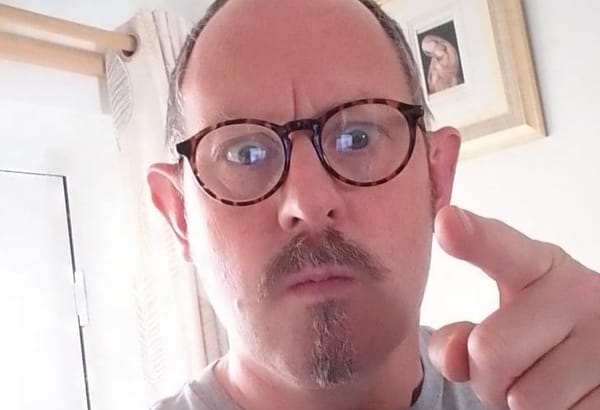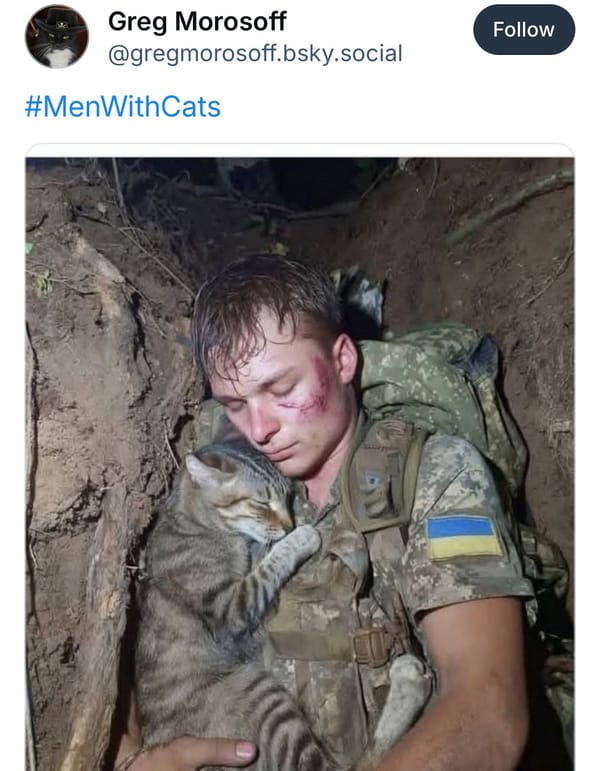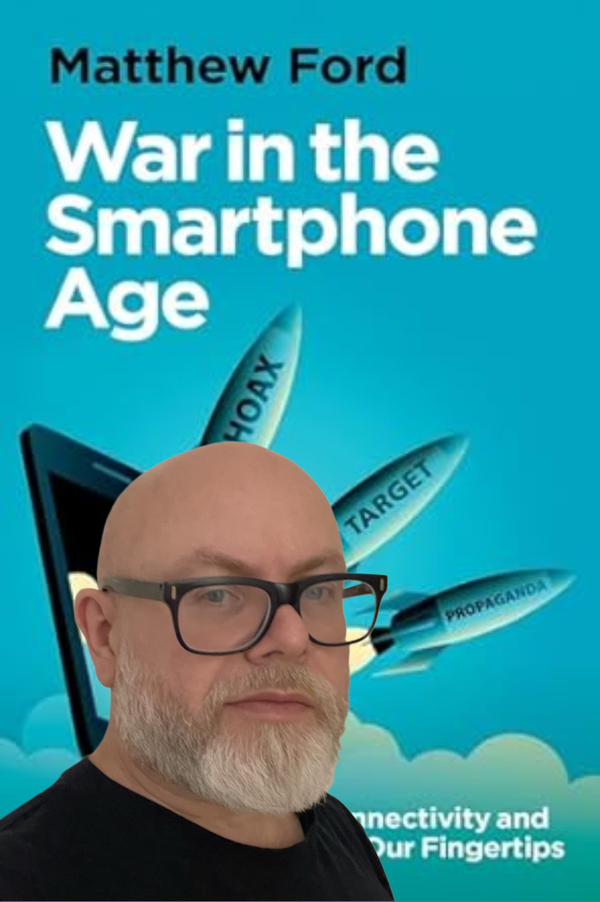Postcard from Oradour
Remembering the victims of Nazi crimes and engaging in dark tourism.
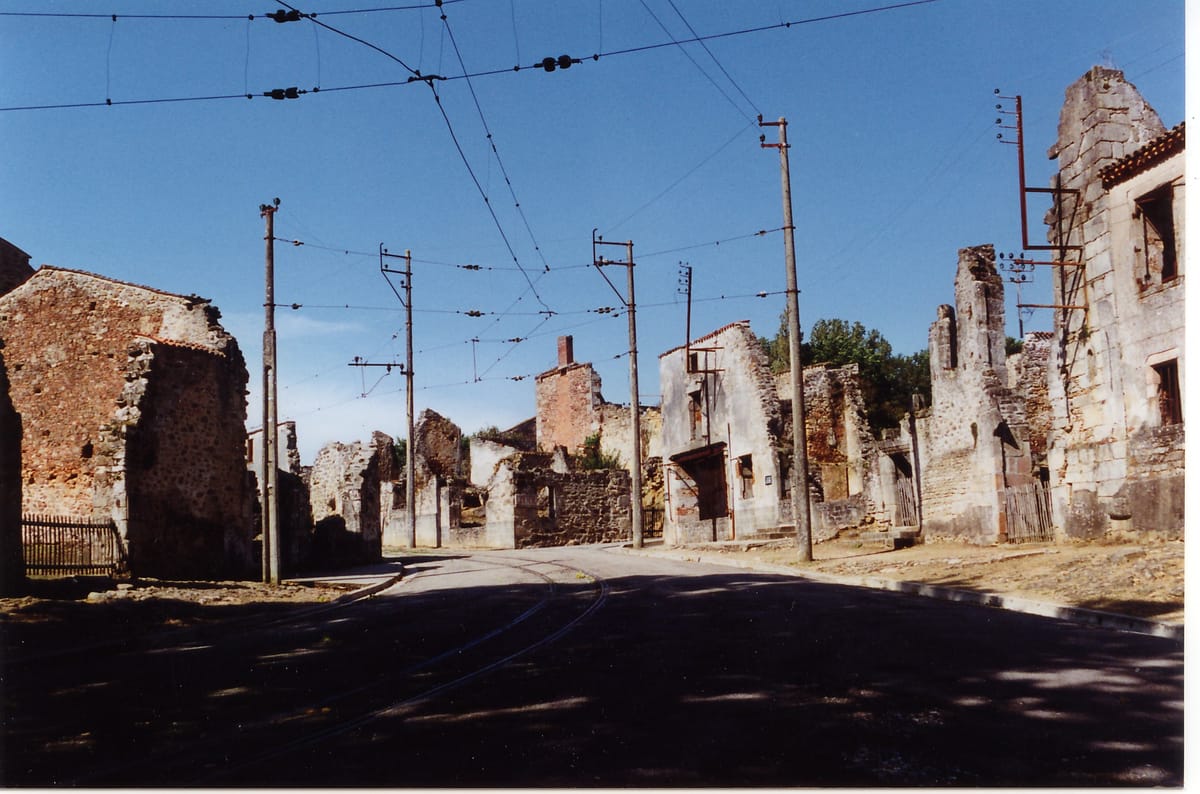
Oradour sur Glane, June 1994, ©PhilipWBlood
At 2.00pm on 10 June 1944, a detachment of troops from the SS Panzer Division Das Reich entered the town of Oradour sur Glane. The manoeuvre included the classical German encirclement of the town, with a task force drive through the town centre, a typical shock action from the Nazi Bandenbekämpfung doctrine for combatting partisans. The SS then rounded all the people and collected them in the fairground area of the town. At 3.00pm the SS troops separated the people - men, women and children - the women were then led away. The men were questioned over whether they had any weapons. At 3.30pm the men were formed into three ranks. The three groups of men were led away and forced into large barns. At 4.00pm there was the sound of a grenade explosion and the SS began shooting the men in cold blood. There were fires caused by incendiary bullets, adding to the horror. Meanwhile, the women and children had been led to the church and at 5.00pm the SS started the fire that would kill all but one of the them. At 7.30pm a tram arrived in Oradour, the SS examined the passengers. They sent the tram back to Limoges, possibly as a warning because they had informed the passengers there had been a massacre. Then after plundering what remained, the SS departed leaving behind 642 dead.
Fallout is a reader-supported publication. To receive new posts and support my work, consider becoming a free or paid subscriber.
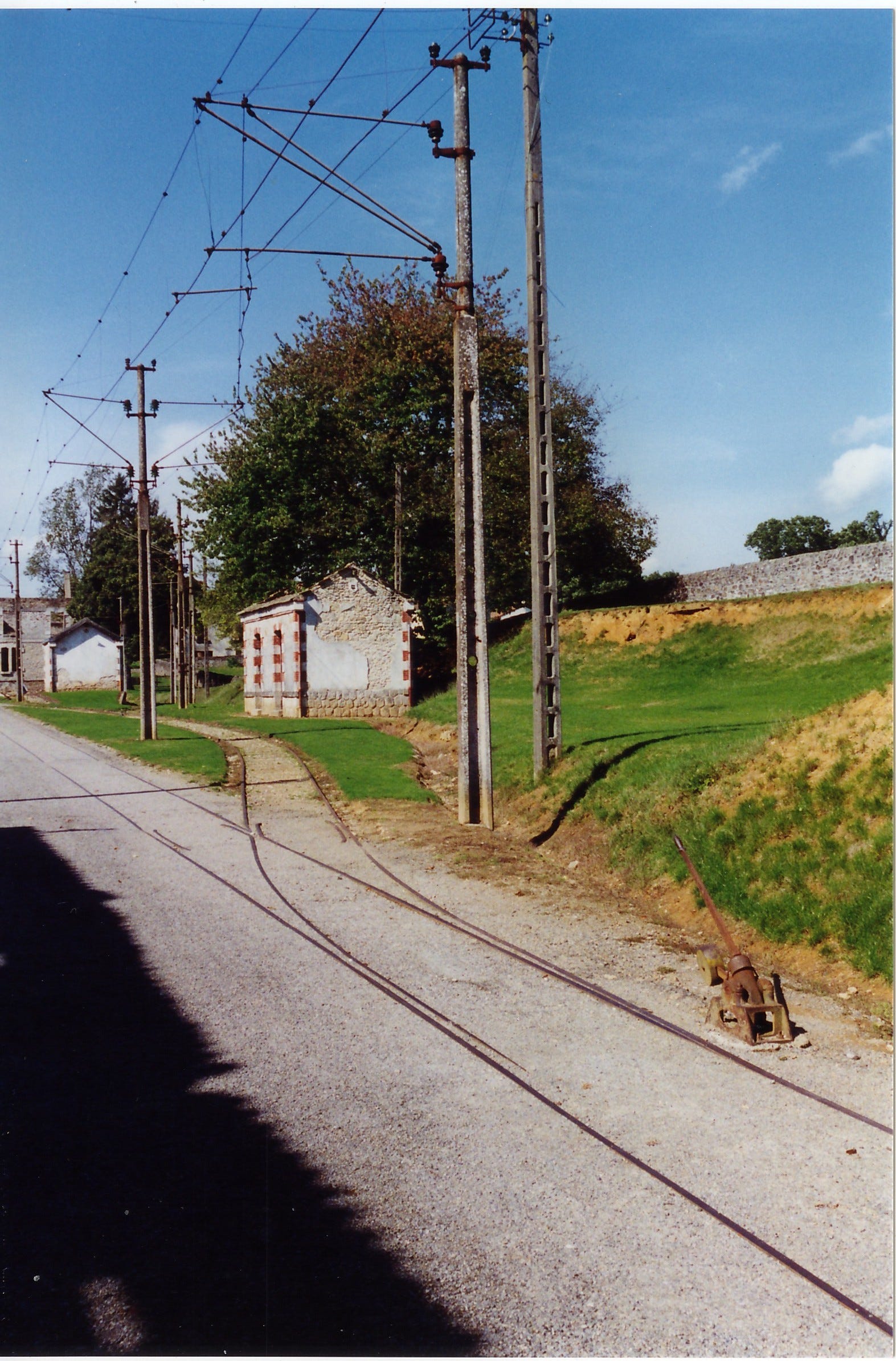
The tram station was almost functional and not damaged by fire or explosions. ©PhilipWBlood
In June 1994, I arrived in Oradour for the first time and was utterly shocked at the scale of destruction. Later, after starting a PhD on Nazi Bandenbekämpfung I returned to look at the village from the perspective of research. In Belarus alone it is reputed that SS anti-bandit operations destroyed more than 11,000 similar villages and towns. The question that I wanted to understand was why had an SS panzer division conducted such a text book Bandenbekämpfung exercise. The purpose of the manoeuvre is to seal a village preventing escapes and then to march into the centre and cause division among the partisans. It is believed the SS knew the village was harmless and therefore the action was solely retribution. There have been many postwar allegations of stolen gold and the SS trying to get an officer back who had been kidnapped by the resistance. If that had been the case, who were the SS negotiating with to effect the exchange of hostages and the kidnapped SS officer.
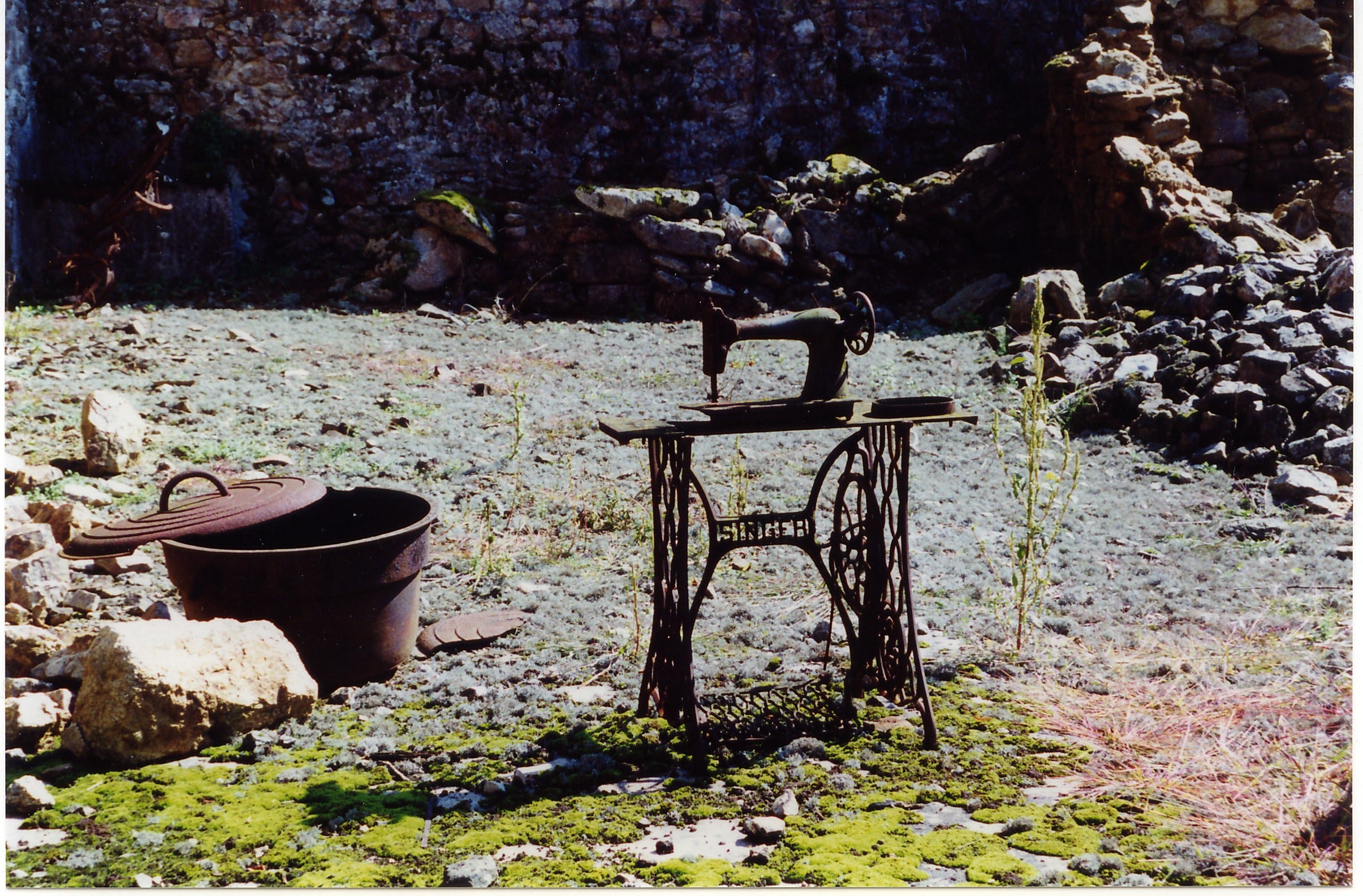
A Singer sewing machine and scrubbing tub, all that remained of one household. ©PhilipWBlood
This was a retribution and revenge mission. The timings, the manoeuvres, and the killings were perpetrated by men who knew how to kill efficiently. The process went like clock work, and killings involved similar number of people to. those murders in the east during the ‘Holocaust by Bullets’. We know the building began to burn from the intensity of the shooting, the use of incendiary weapons, and the correct application of accelerants. Walking the full extent of the destruction can be overwhelming, as is reading the stories of the recovery teams finding the remains of people, many of whom were children who died in appalling agony.
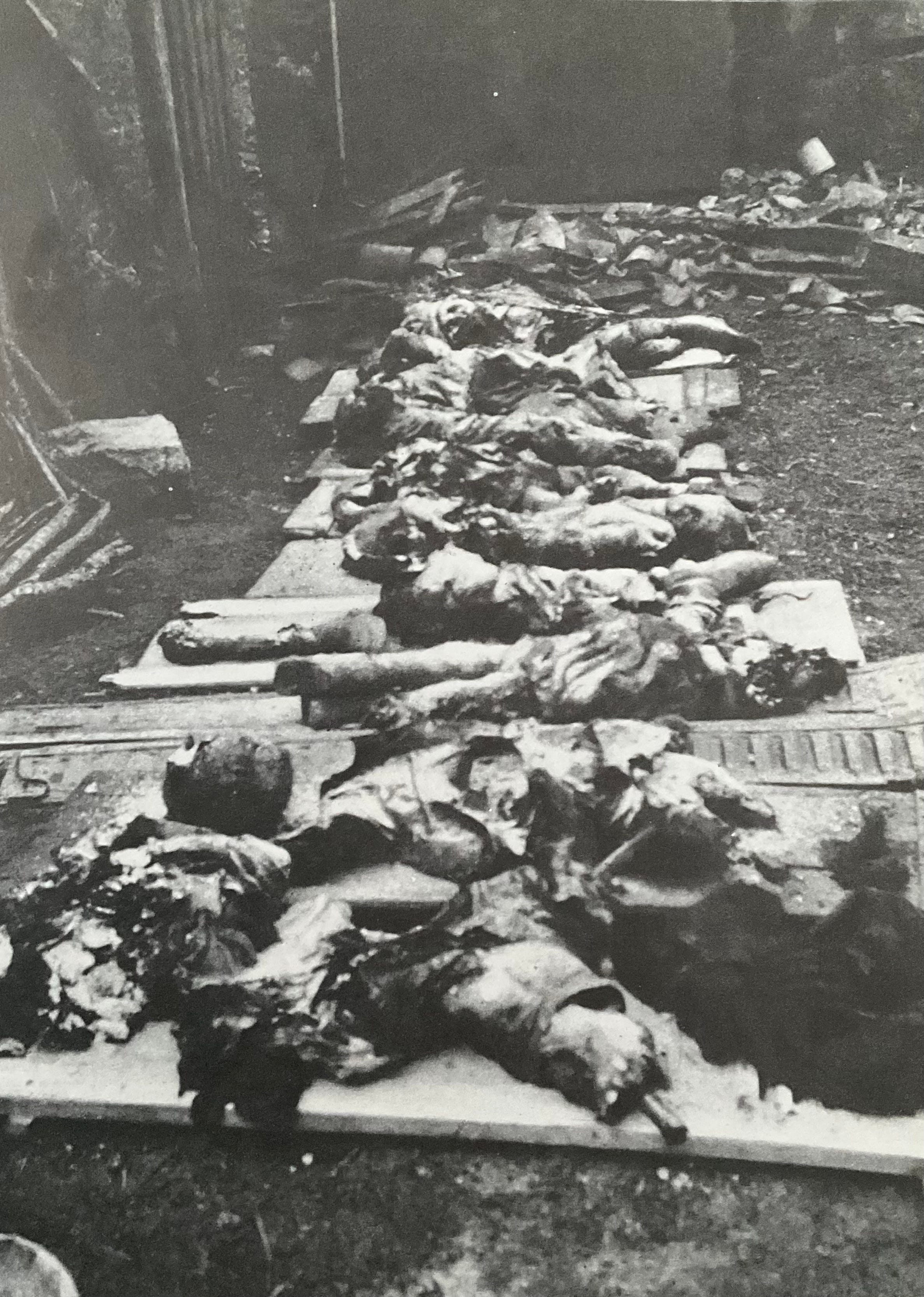
A photograph of the recovery of children’s bodies. ©C.M.D.et RobertHébras and Oradour sur Glane Memorial Centre.
In 1994, what did surprise me at first was the engagement with dark tourism. I never expected postcards from a massacre. One postcard in particular was an aerial view of the town and

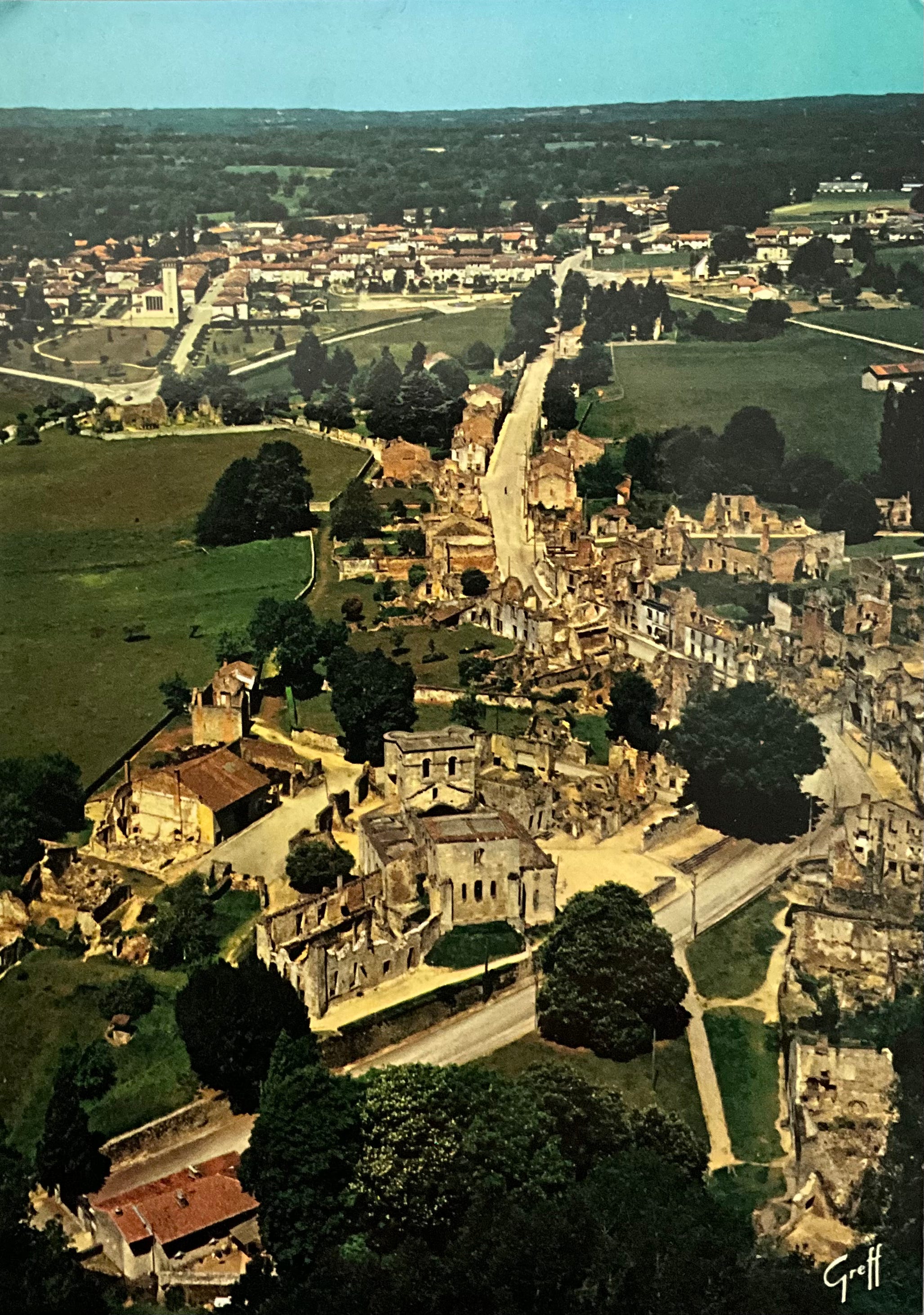
There were not only postcards, but also guide books, photographic slides and plans of the sight. The plan guides were helpful, in a time before smart phones, to help the visitor through the maze of ruins to visit the key sites.
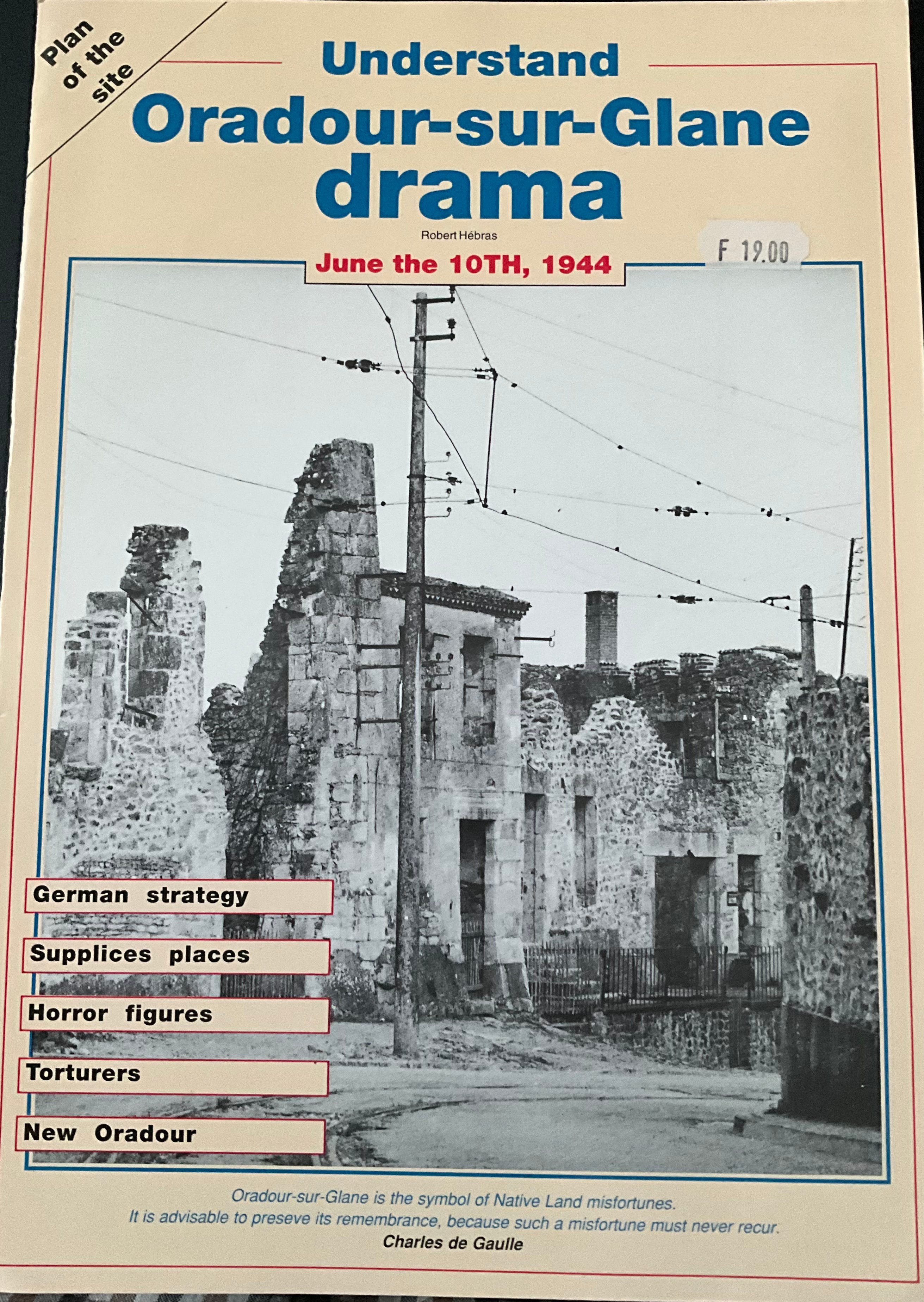
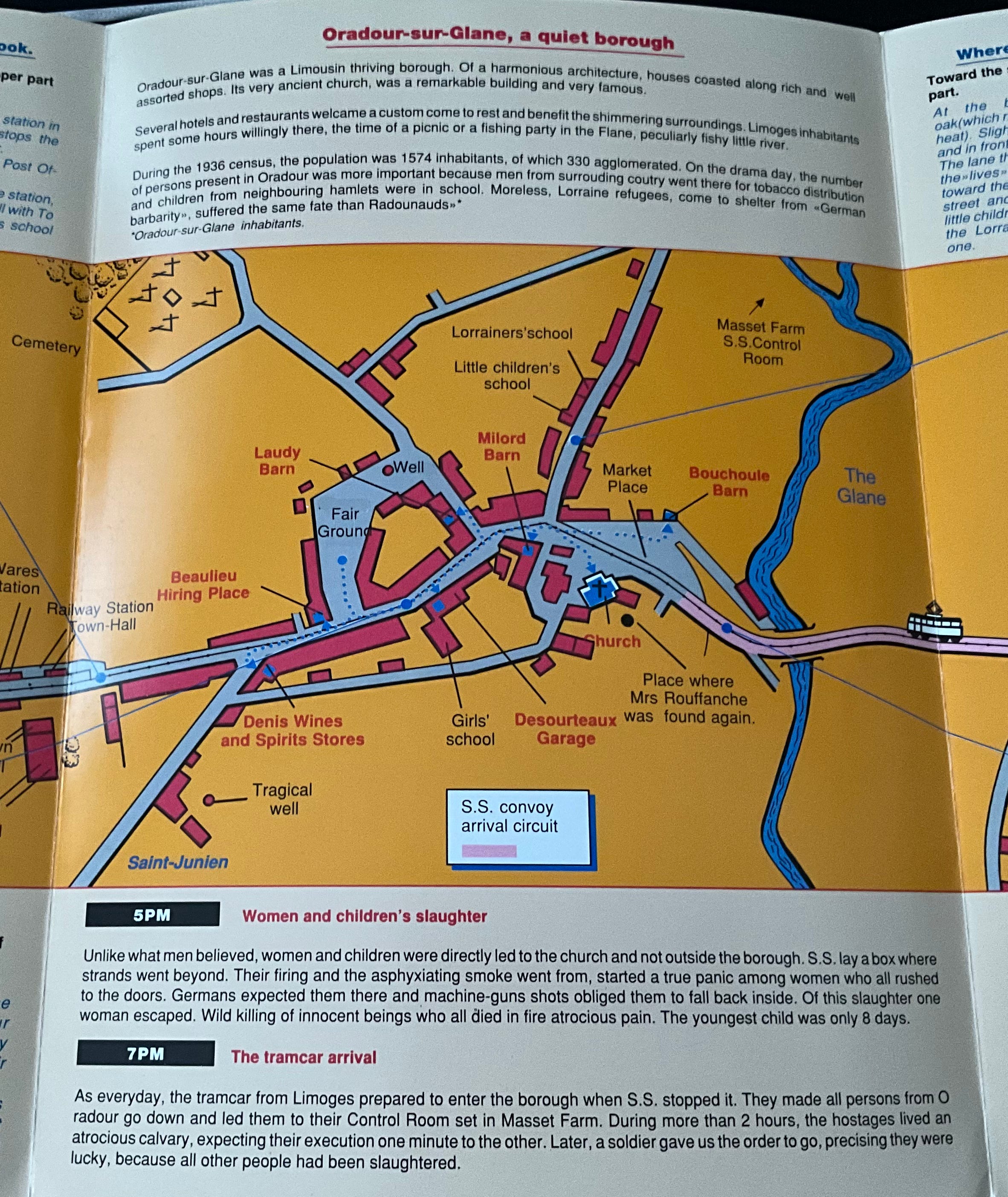
During the later visit, the Memorial Centre had a memorial pamphlet on sale that superficially looked overly dramatic but the contents proved told a longer story.
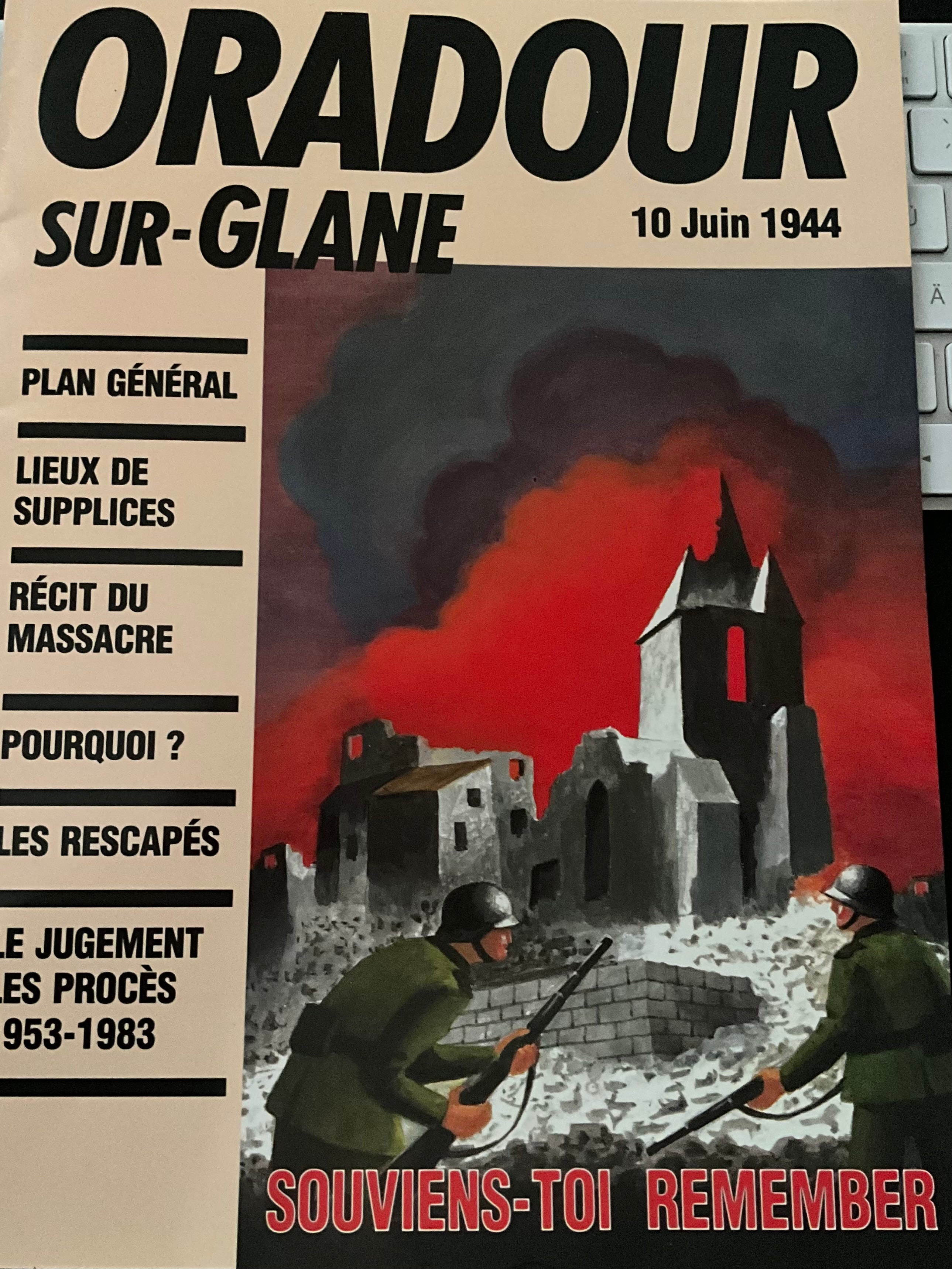
The pamphlet included postwar attempts including the infamous Bordeaux trial.
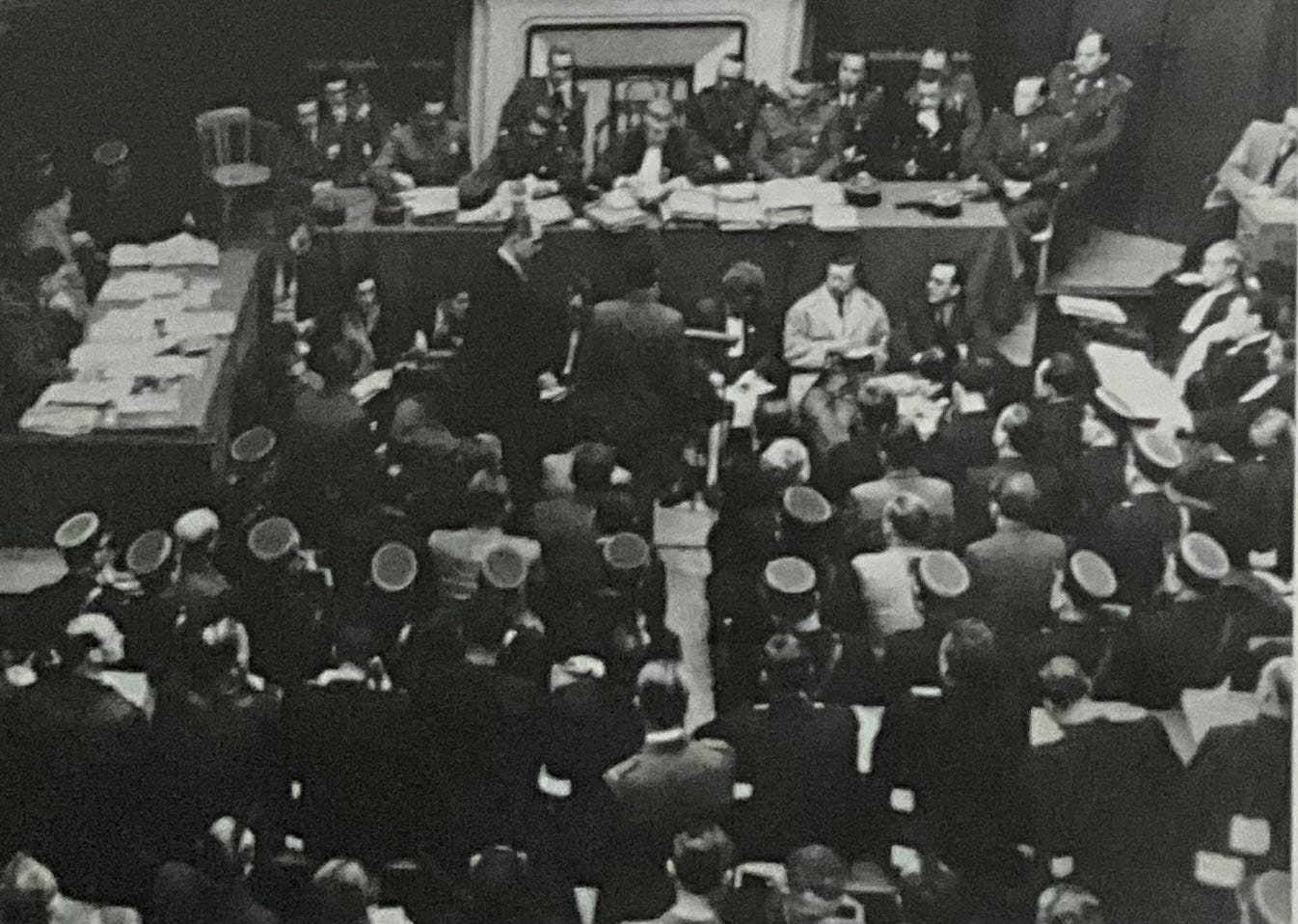
The souvenir also included a picture of the memorial column that stands at the centre of many acknowledgements from other memorial sites of Nazi crimes. It all also stands over the plaques listing the victims.
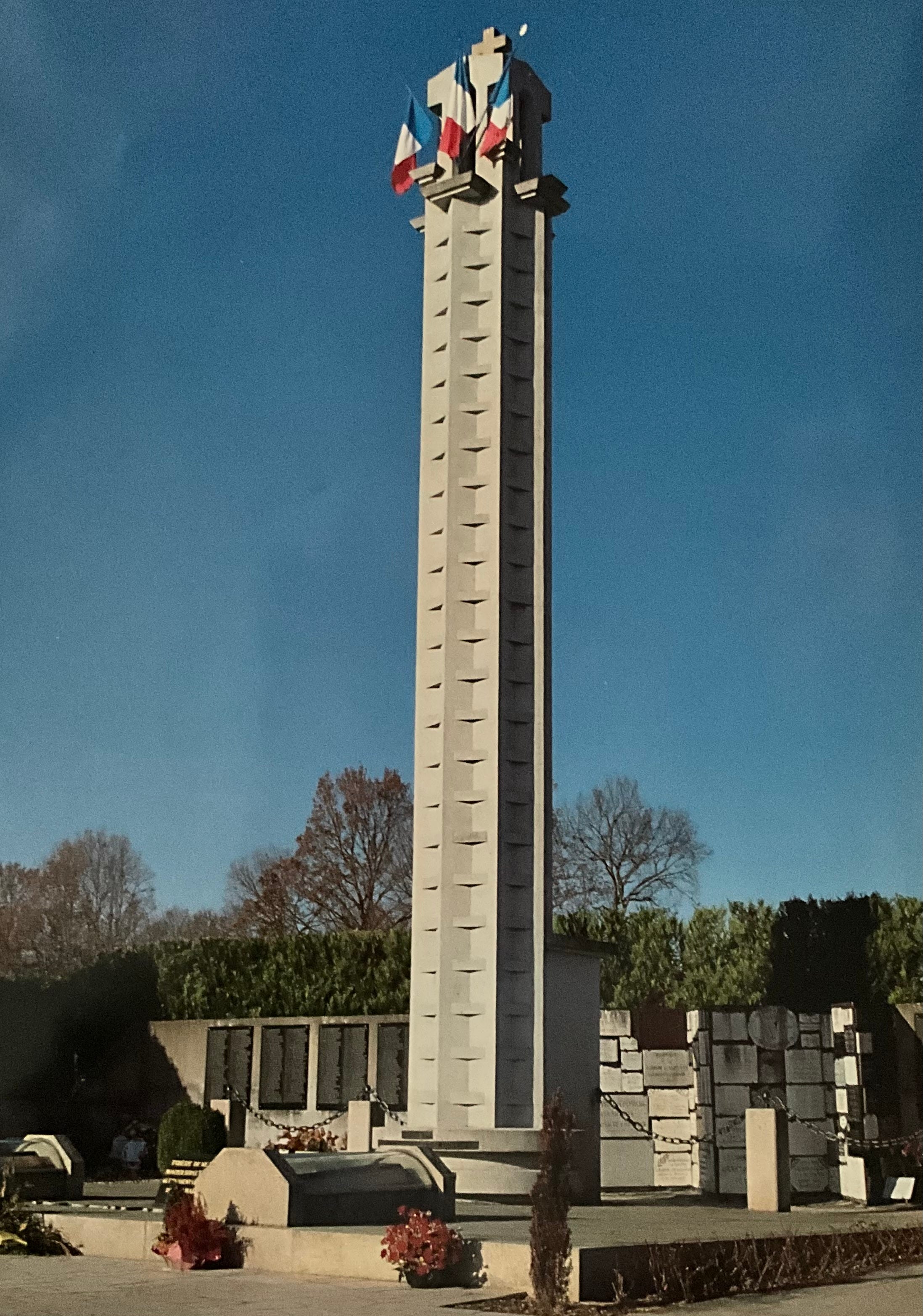
Dark tourism is about travelling to places of human tragedy, usually where mass death or some catastrophe had taken place. There is an educational dimension to dark tourism, which was the purpose of my visits. However, having led Holocaust tours to Poland, there is a dark tourism which is very important in financing sites of memory and mourning. Oradour is a difficult site to visit because it was literally murdered in 1944. The wholesale destruction of a community represents the most extreme form of hatred and a challenge to comprehend in terms of humanity and civilisation. We can all ‘imagine’ a community’ and grasp the loss of all our families, friends and associates. That scale of total loss marks Oradour for its virtual uniqueness in western Europe. The travelling public may consider more well known alternative sites to choose to visit, but Oradour represent thousands of communities wantonly destroyed during the Second World War. I recommend people to visit the site.
Fallout is a reader-supported publication. To receive new posts and support my work, consider becoming a free or paid subscriber.
